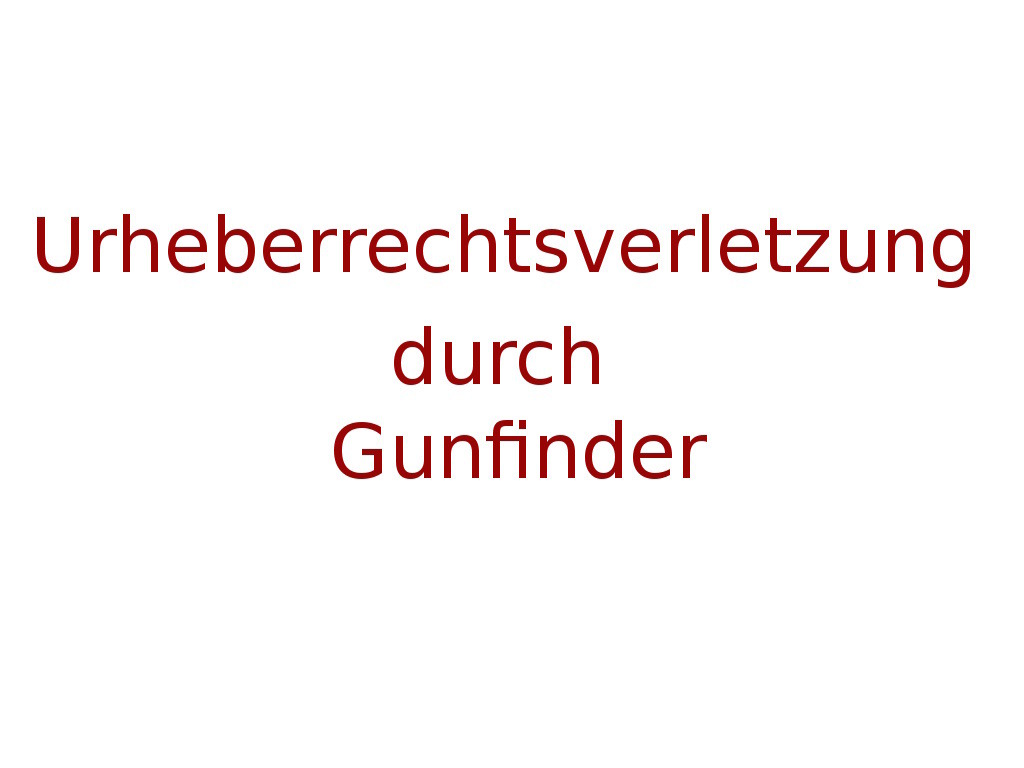nehmen wir einen grizzly bären her mit 500 kilo
wenn man das von der mündungsenergie her umrechnet die ein geschoss braucht um einen mann umzunieten, auf die stoppwirkung zu schliessen die ein 5 mal so schweres tier braucht dann
wäre 9mm para mit c.a 600 joule (eh stramm geladen) vergleichbar mit c.a 3000 joule der 500 s&w
das 9mm para im ruf steht nicht unbedingt sofort mannstoppend zu sein wissen wir ja eh alle
anders gesagt die stramm geladenen 9mm para (c.a600 joule) ist für einen grizzly wie eine 22 short(c.a107 joule) mit leichtem 27 grain geschoss für einen mann, also nix gut weil von mannstoppend kann keine rede sein.
also eine 9mm patrone reicht da nicht, und vollmantel ist gar nicht gut.
sicher bei einem perfekten treffer kann schon sein, dass der umfällt, früher oder später.
man hat in dem video eh gesehen wie schnell das tier ist und das da absolut zunder hinter den 1-4 schüssen sein müsste die man in aller eile rausbringt auch mit glock, damit das tier sofort ruhe gibt, weil einen tatzler und dann ists vorbei.
ich würde da mit nichts unter stramm geladener 10mm auto oder 357 sig( bis 1000 joule) antreten wollen, wenns die glock sein muss,viel lieber mit 44 magnum( bis 1500 joule) , und mit 454 casull aus einem freedom arms würde ich mich wohl fühlen (etwa bis 2500 joule).

zum vergleich .308 hat etwa 3500 joule
nicht umsonst führen alaska guids oder die männer die piplines bewachen immer 12 ga flinten mit slugs, oder .375HH, .338 win mag , oder 45-70 gewehre etc.
hier eine passage aus einem jagderlebniss wo welche mit 500 SW (3000 joule) revolvern auf bären gingen:
I trained my revolver at the bear and watched Glen as he lay on the ground in a firing position. I nodded my head to him and a second later, the blast of his .500 Smith & Wesson echoed against the distant hillsides. The bear never flinched when the bullet hit him and it continued to get up. Immediately I fired my .500, the bullet striking the great bear center mass and again, it never flinched. We were about 20 yards from it and in a spot where we could be readily seen by the beast. In a blur, we continued firing when our backup with his 45/70 fired twice into the bear on the 7th or 8th shots. When the first 45/70 bullet hit it the bear went down and it got back up, the second hit didn’t seem to faze it. Glen and I advanced and kept firing at the bear. We stopped 15 yards from the wounded brownie and then I heard one of the most terrible sounds I have ever heard in my life come from Glen’s gun. Click. He had run out of ammunition. Immediately I leveled off at the animal and squeezed the trigger, the Smith & Wesson exhaled it’s firebreath . The bear went down and stayed.
Labored breathing is all that could be heard for that moment, the great bear lay dead. Collecting our wits, we stayed back from the beast just in case it came back alive. It’s a very good idea not to go charging in after a kill, especially with bears. I like to give a minimum of half an hour after the bear goes down before going up to it. Simply said, it’s too dangerous. Glen Sr. said the moment we started firing he shouldered his scoped .338 just in case the bear attacked us. In the end, the bear had been shot 12 times. Two bullets found their mark from the 47/70 rifle and there were 10 slugs from the pair of Smith & Wesson .500’s, all shot at close range. As we spoke, Glen Sr., a registered Master Alaskan guide said he had seen bears die with one shot and others like this big boy that took a barrage of shots before going down. Funny thing.
von hier:
http://www.biggamehunt.net/sections/Ala ... 50401.htmlOf course they wont take away your hunting rifle, they will call it a sniper rifle first









 )
)



